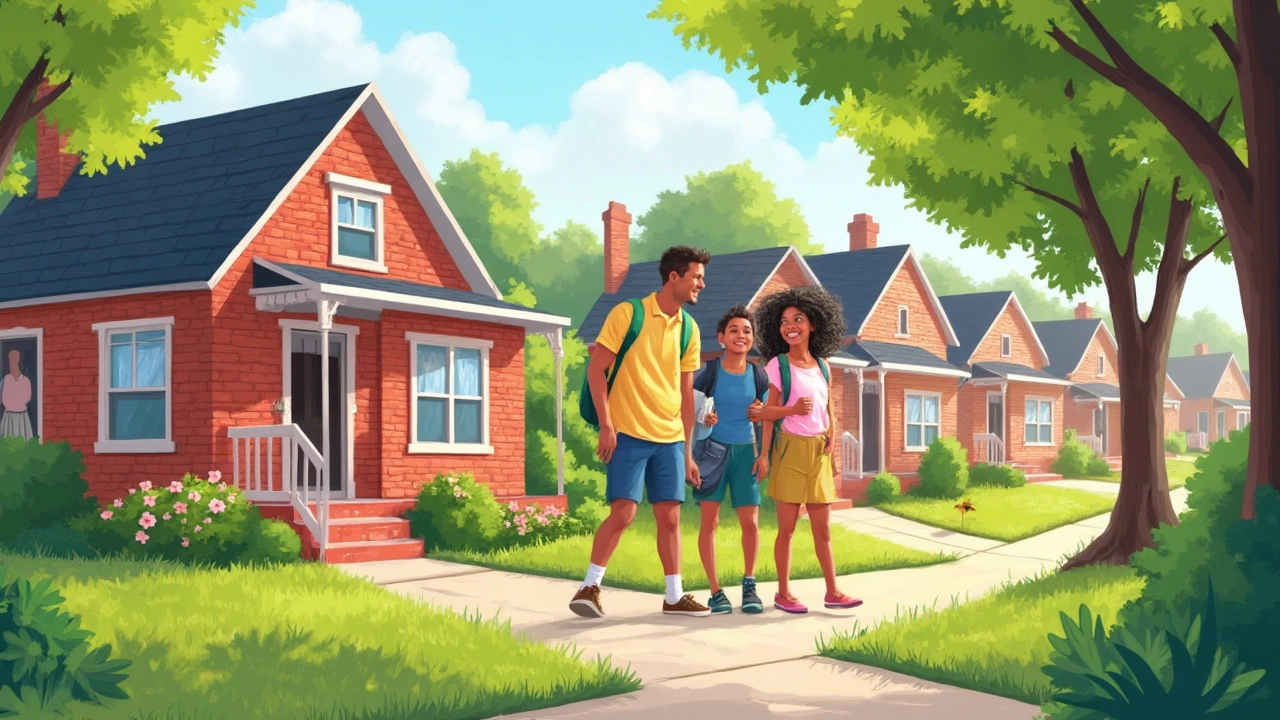Home Loans in Virginia Made Easy
If you’re looking to buy a house in Virginia, the mortgage process can feel overwhelming. The good news? It doesn’t have to be. In this guide we break down the main loan options, where to find down‑payment assistance, and the exact steps you need to take to get approved.
What Types of Loans Are Available?
Virginia borrowers have several choices. Most people start with a conventional loan, which usually requires a 5‑20% down payment and a good credit score. If you’re a first‑time buyer, the Federal Housing Administration (FHA) loan is a popular alternative because it accepts as low as 3.5% down and is more forgiving on credit.
Veterans and active‑duty service members can tap into VA loans, which often need no down payment at all and don’t require private mortgage insurance (PMI). USDA loans cover rural areas of Virginia and also offer zero‑down options, but you must meet income limits.
Down Payment Help in Virginia
Many Virginians don’t have a big lump sum saved, but the state offers several programs to bridge that gap. The Virginia Housing Development Authority (VHDA) runs the Down Payment Assistance (DPA) program, giving up to 5% of the loan amount as a grant or low‑interest loan. Another option is the First‑Time Homebuyer Tax Credit that can be applied at closing.
To qualify, you generally need to meet income limits, complete a home‑buyer education class, and purchase a property within the state’s affordable‑housing map. Check the VHDA website for the latest eligibility thresholds and application deadlines.
When you’re shopping for a loan, ask lenders about these programs. Some lenders pre‑approve you for DPA, which speeds up the process and shows sellers you’re serious.
Steps to Secure a Virginia Mortgage
1. Check Your Credit. Pull your credit report, fix any errors, and aim for a score of 620 or higher for most loans. If you’re aiming for an FHA loan, a score of 580 can get you the 3.5% down payment.
2. Get Pre‑Qualified. Provide lenders with your income, debts, and assets. Pre‑qualification gives you a rough idea of how much you can borrow and shows sellers you’re ready.
3. Choose the Right Loan. Compare rates and fees from at least three lenders. Look beyond the interest rate—consider closing costs, PMI, and any lender‑added fees.
4. Apply for Down‑Payment Assistance. Submit the DPA application early; many programs require you to be pre‑qualified first.
5. Lock Your Rate. Once you’ve found a loan that fits, lock the interest rate to protect yourself from market swings.
6. Close the Deal. Sign the paperwork, pay any required closing costs, and the house is yours.
Throughout the process, stay in touch with your loan officer. Quick responses to document requests keep the timeline moving and prevent delays.
Virginia’s housing market varies from the bustling DC suburbs to the quieter mountain towns, but the loan basics stay the same. Use this guide as a checklist, take advantage of state assistance, and you’ll be on the road to owning a home in the Old Dominion faster than you think.

Virginia's First-Time Homebuyer Program: A Handy Guide
This article delves into the various aspects of Virginia's first-time homebuyer program, aiming to provide essential information for those stepping into the real estate market for the first time. It includes details on the types of assistance available, eligibility criteria, and practical tips to make the most of these programs. Whether you're a newbie or just need a refresher, this guide will help you navigate the options tailored for Virginians. Learn how to leverage state-specific loans and grants to ease the process of owning your first home.